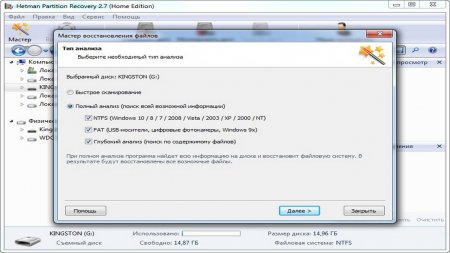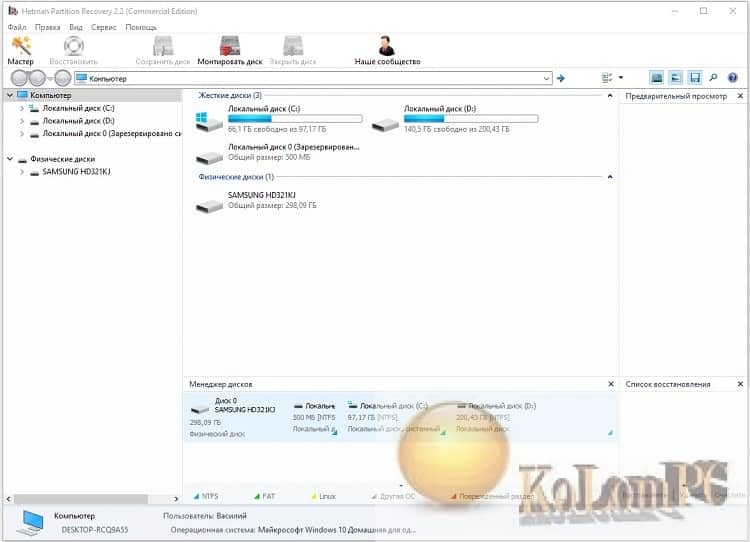

Archives and backups ( ZIP, RAR, etc.).Presentations and spreadsheets (XLS, XLSX, ODS, etc.).JPEG, PSD, EPS, TIFF, PNG, RAW, DNG, CR2, NEF, etc.). DOC, DOCX, ODT, RTF, HTML, PDF, and so on). Documents in Microsoft Office and Open Office formats (e.g.The content-aware analysis supports the following types of files: For many types of files such as documents, pictures, and archives, comprehensive content-aware analysis is available, making it possible to locate and recover those files even if no trace of the file system is left on a disk. Qemu-system-x86_64.exe -boot c -m 2048 -smp 2 -L "C:\Program Files\qemu" -vga std -soundhw es1370 -boot menu=on -hda ubuntu.qcow2 -cdrom "D:\ubuntu.It can recover files of absolutely any type with no exceptions. The time and network settings -rtc base=localtime,clock=host -net nic,model=ne2k_pci -net user Virtual disk -boot menu=on -hda ubuntu.qcow2 The path to the folder containing the program -L "C:\Program Files\qemu" The number of processors allocated for this machine -smp 2 The architecture - qemu-system-x86_64.exe Then enter another command to create a virtual machine: it includes certain settings. Where the setting -f indicates the file format, followed by the file name and the file size is given at the end of the command. Qemu-img create -f qcow2 ubuntu.qcow2 20G Copy Now you need to create a virtual hard disk of 15 to 20 GB. Then go to that folder with the command prompt. For starters, let’s create a folder for virtual machines – C:\qemu. Launch the Command Prompt as Administrator and begin the installation. The list of commands and settings used to create and manage virtual machines is quite long, but you only need a few to start working.

To do it, use the setting “Turn Windows features on or off”.


 0 kommentar(er)
0 kommentar(er)
